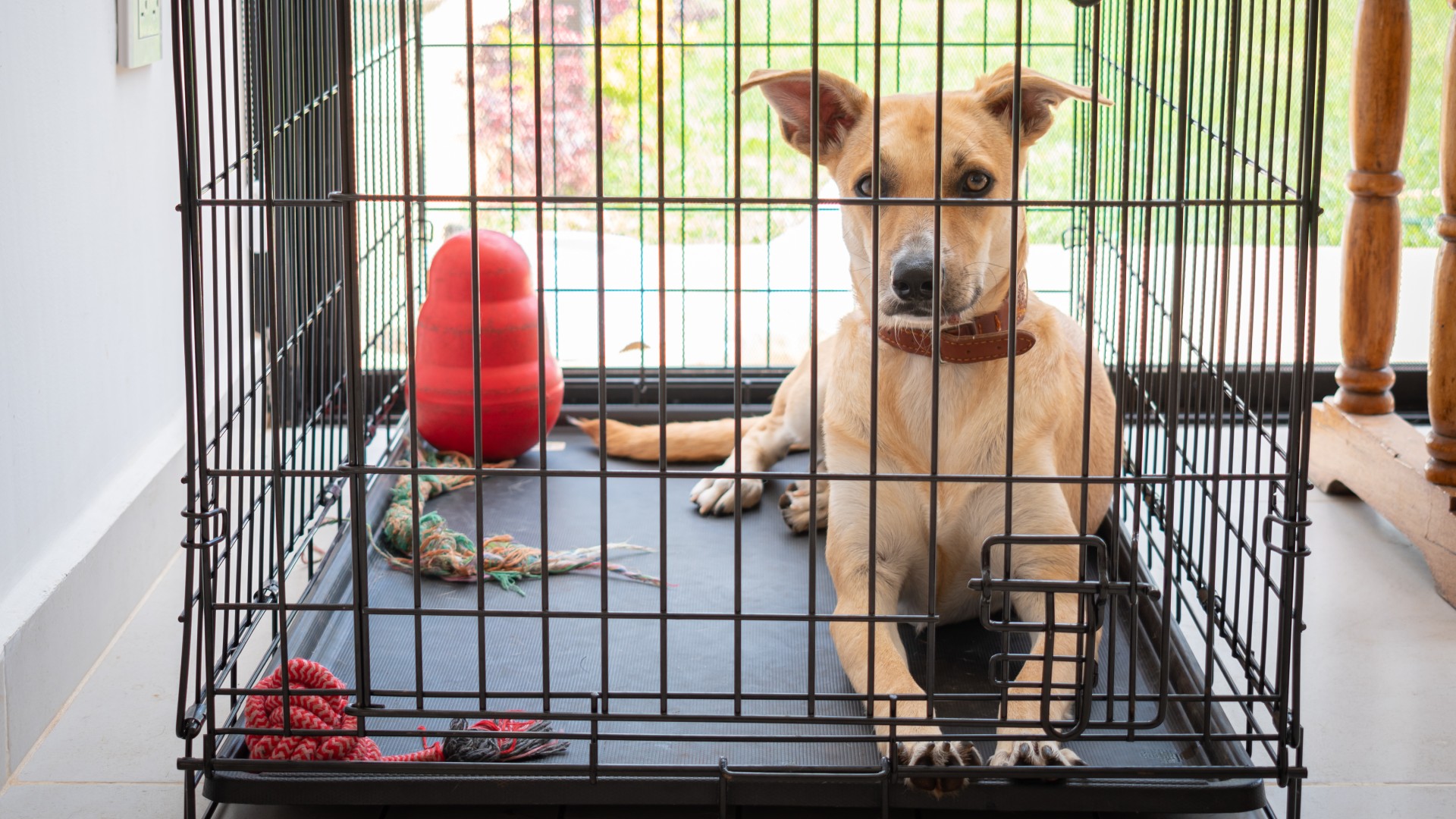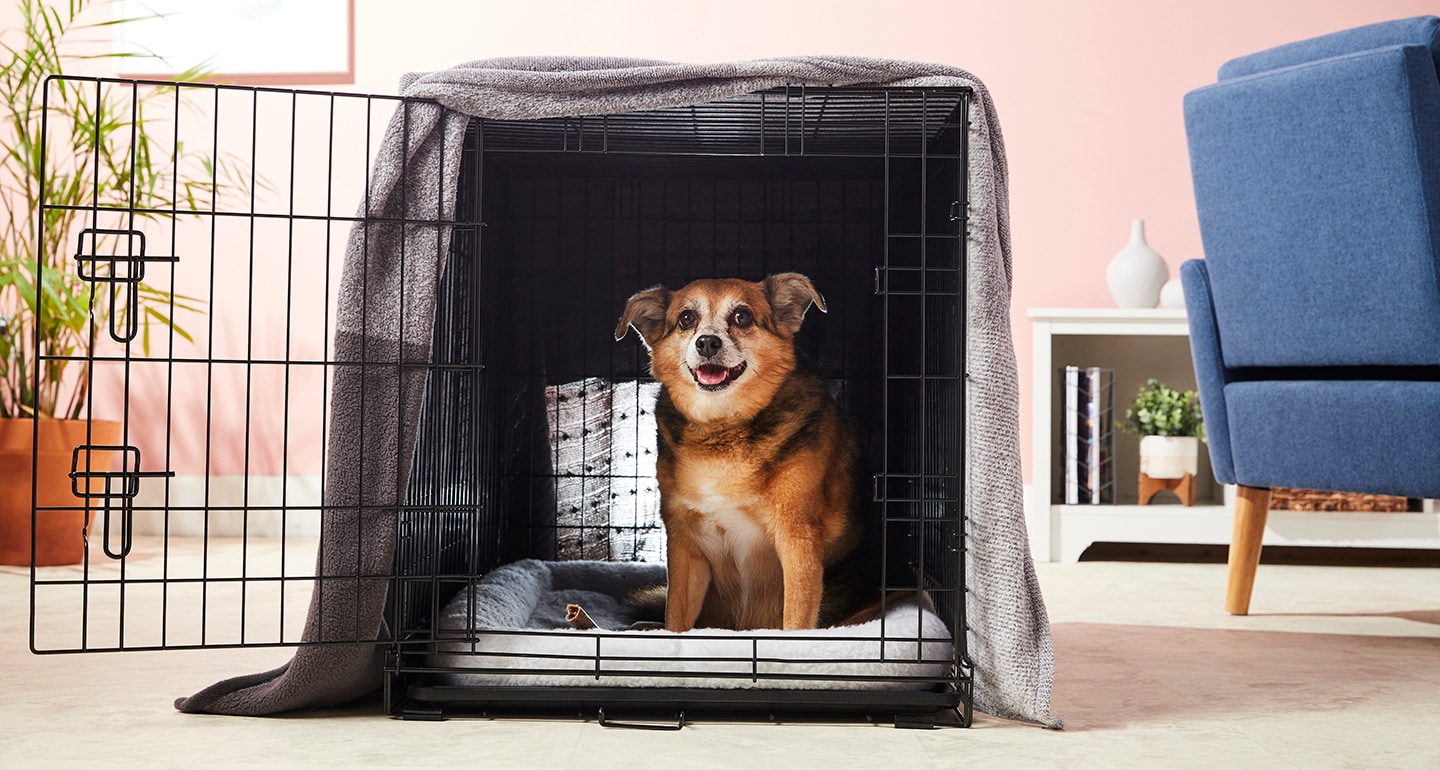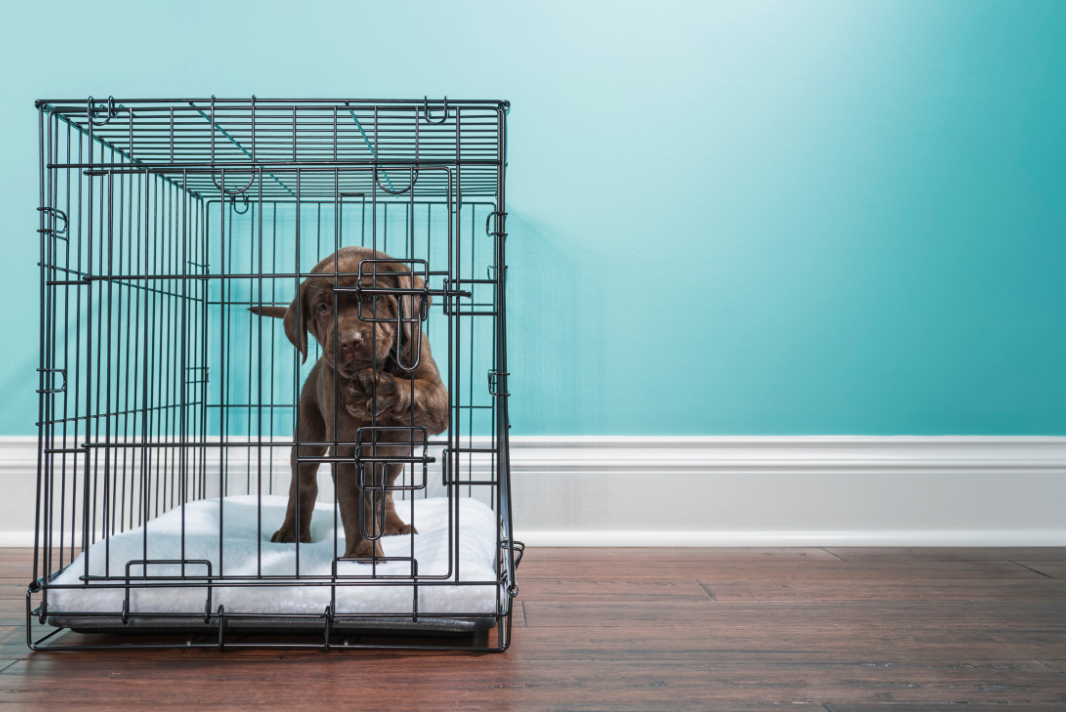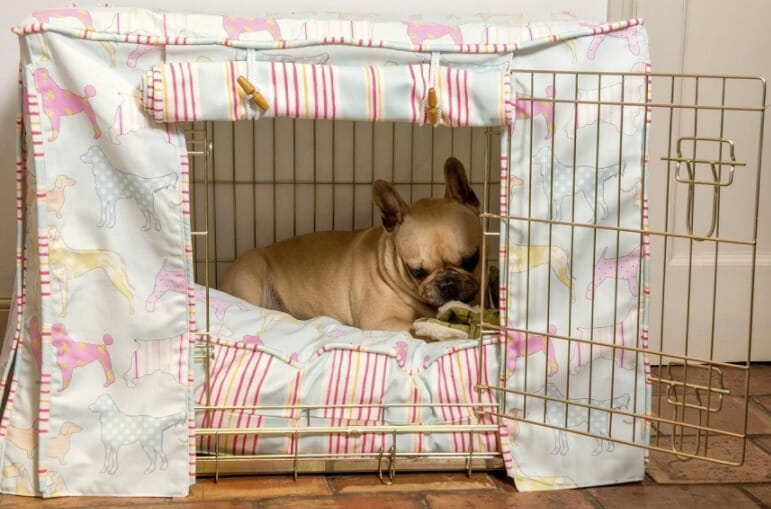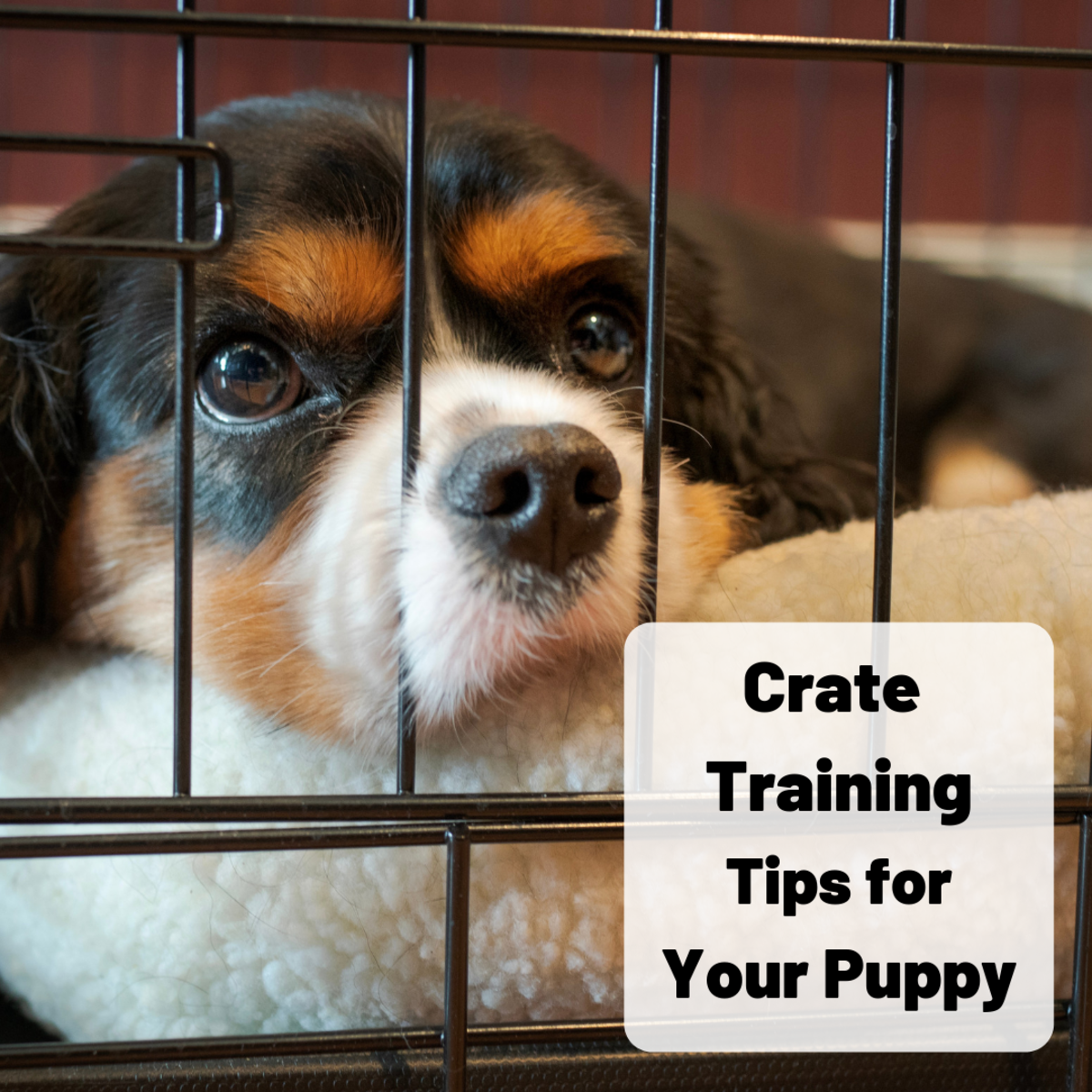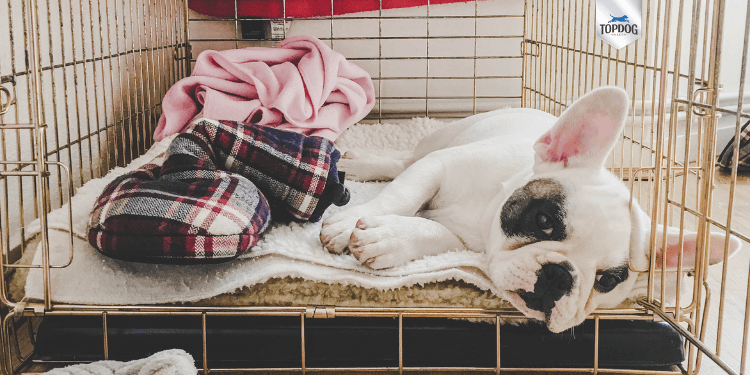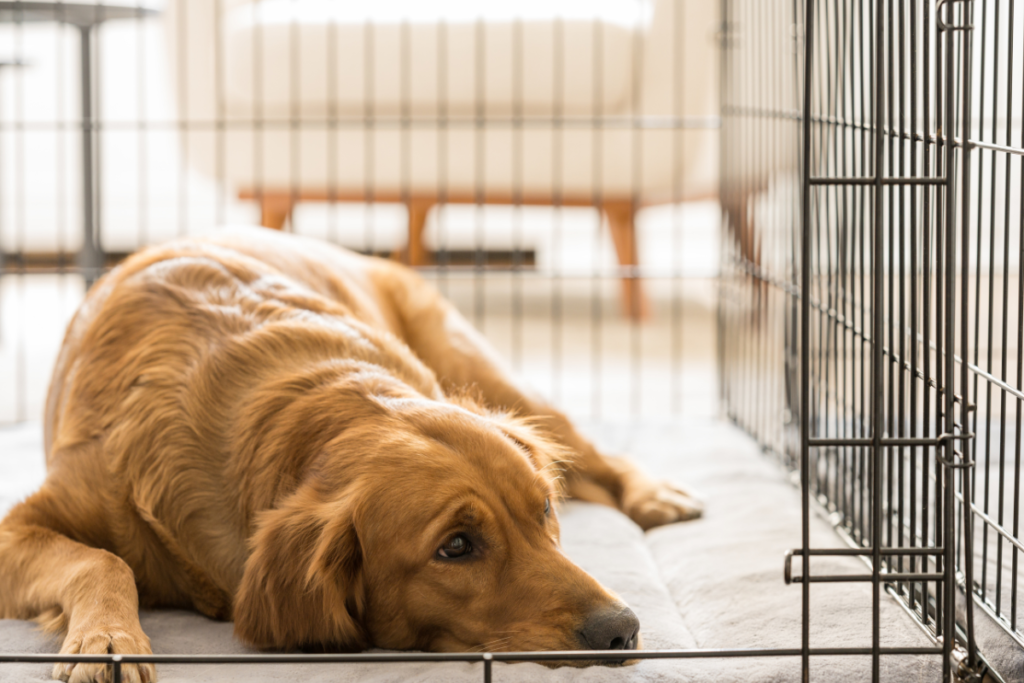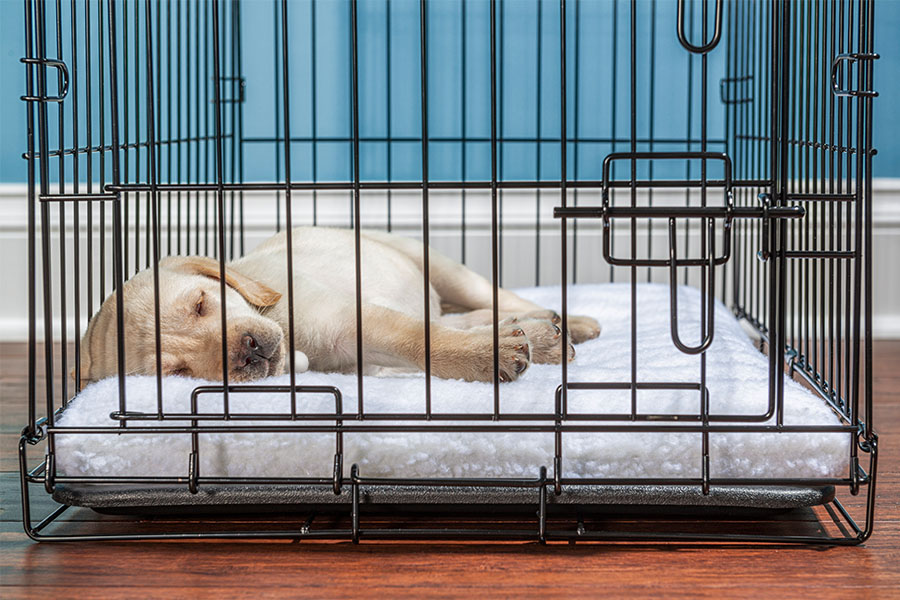How To Keep A Dog Calm In A Crate
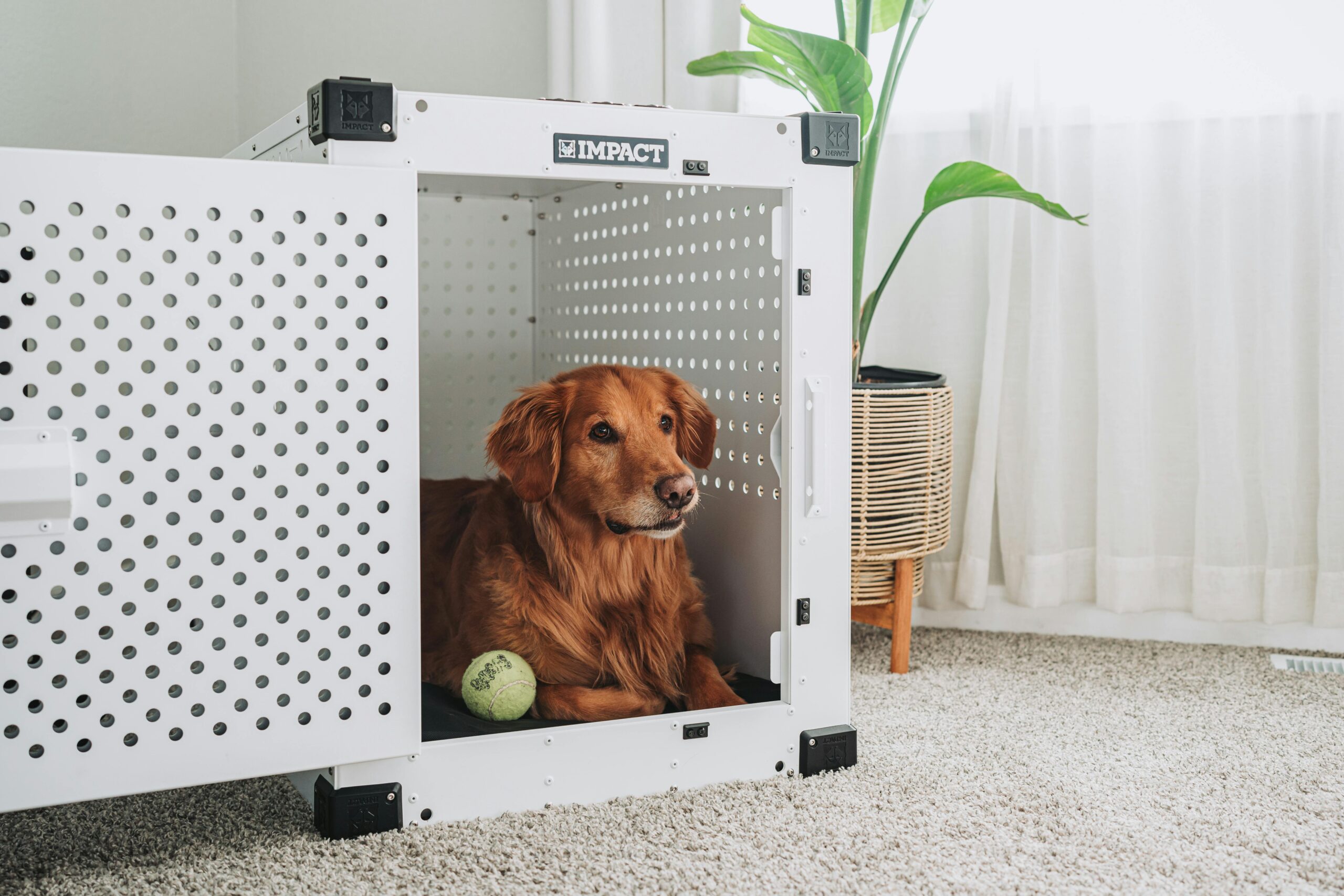
The image of a dog cowering, panting heavily, or desperately clawing at the bars of its crate is heartbreaking, and unfortunately, all too common. While crate training can be a beneficial tool for housebreaking, travel, and providing a safe haven, it can quickly become a source of anxiety and distress for dogs if not approached correctly. Understanding the root causes of this anxiety and implementing effective strategies is crucial for ensuring a dog's well-being and fostering a positive association with its crate.
This article delves into the science-backed methods for keeping a dog calm in a crate. We will explore the principles of positive reinforcement, desensitization, and counter-conditioning, providing a comprehensive guide for owners striving to create a safe and comfortable crate environment for their canine companions. It's about transforming a potential source of stress into a sanctuary of peace and security. The goal is to empower owners with the knowledge and tools needed to make crate time a positive experience for their dogs.
Understanding Crate Anxiety
Crate anxiety can stem from a variety of factors, including a lack of proper introduction, negative experiences associated with the crate, or underlying separation anxiety. It’s vital to differentiate between mild discomfort and full-blown panic attacks. Recognizing the signs is the first step towards addressing the issue.
Symptoms of crate anxiety can range from whining and barking to destructive behavior, excessive drooling, and attempts to escape. Some dogs may even exhibit signs of self-harm. Consulting with a veterinarian or certified professional dog trainer is essential for accurate diagnosis and personalized guidance.
The Role of Positive Association
Positive reinforcement is the cornerstone of successful crate training. This involves associating the crate with pleasant experiences, such as treats, toys, and praise. The goal is to make the crate a desirable place for the dog.
Start by simply placing treats near the crate entrance, gradually progressing to tossing them inside. Encourage the dog to enter the crate voluntarily, rewarding each step with positive reinforcement. Never force the dog into the crate, as this can create negative associations.
Desensitization and Counter-Conditioning
Desensitization involves gradually exposing the dog to the crate in a controlled and positive manner. Counter-conditioning, on the other hand, aims to change the dog's emotional response to the crate from negative to positive.
Begin by leaving the crate door open and allowing the dog to explore it at its own pace. Gradually increase the amount of time the dog spends in the crate, always rewarding calm behavior. Introduce a special toy or treat that is only available when the dog is in the crate to further enhance the positive association.
Creating a Comfortable Crate Environment
The physical environment of the crate plays a significant role in a dog's comfort and security. The crate should be appropriately sized, allowing the dog to stand, turn around, and lie down comfortably. The materials used for bedding can also make a significant difference.
A soft, comfortable bed or blanket can provide a sense of security and warmth. Avoid using bedding that the dog might be tempted to chew or destroy. Consider using a crate cover to reduce visual stimulation and create a more den-like atmosphere.
The Importance of Routine
Establishing a consistent routine can help alleviate anxiety and promote a sense of predictability. Incorporate crate time into the dog's daily schedule, such as during mealtimes or nap times. Avoid using the crate as punishment, as this will create negative associations and undermine the training process.
Regular exercise and mental stimulation can also help reduce anxiety and make crate time more relaxing. A tired dog is more likely to settle down and rest comfortably in its crate. Before crating your dog, ensure it has had sufficient physical and mental exercise.
Addressing Separation Anxiety
If crate anxiety is related to underlying separation anxiety, additional strategies may be necessary. Separation anxiety is a complex issue that requires a comprehensive approach, often involving professional help.
Gradual departures and arrivals, desensitization to pre-departure cues (such as picking up keys or putting on shoes), and the use of calming aids may be beneficial. In severe cases, medication prescribed by a veterinarian may be necessary.
Seeking Professional Guidance
If you are struggling to manage your dog's crate anxiety, don't hesitate to seek professional help. A certified professional dog trainer or veterinary behaviorist can assess the situation and develop a personalized training plan.
They can provide guidance on behavior modification techniques, medication options, and other strategies to help your dog overcome its anxiety. Remember, patience and consistency are key to success.
The Long-Term Benefits
Successfully crate training a dog can have numerous long-term benefits, including improved housebreaking, enhanced safety during travel, and a secure place for the dog to retreat when feeling overwhelmed. It's about providing a safe space.
A well-trained dog will view its crate as a positive and comforting space, rather than a source of fear and anxiety. This can contribute to a happier, healthier, and more well-adjusted canine companion. The initial effort invested in proper crate training pays dividends for years to come.
Ultimately, understanding a dog's anxiety and employing humane, science-backed techniques is paramount. By prioritizing positive reinforcement, creating a comfortable crate environment, and seeking professional guidance when needed, owners can transform the crate from a source of stress into a haven of safety and security for their beloved canine companions. The goal should be a peaceful and content dog, resting comfortably in its den.

